Compares cortisol with DHEA-S to give a quick view of adrenal balance.
Securely stored in EU
Cancel anytime
Test 100+ biomarkers
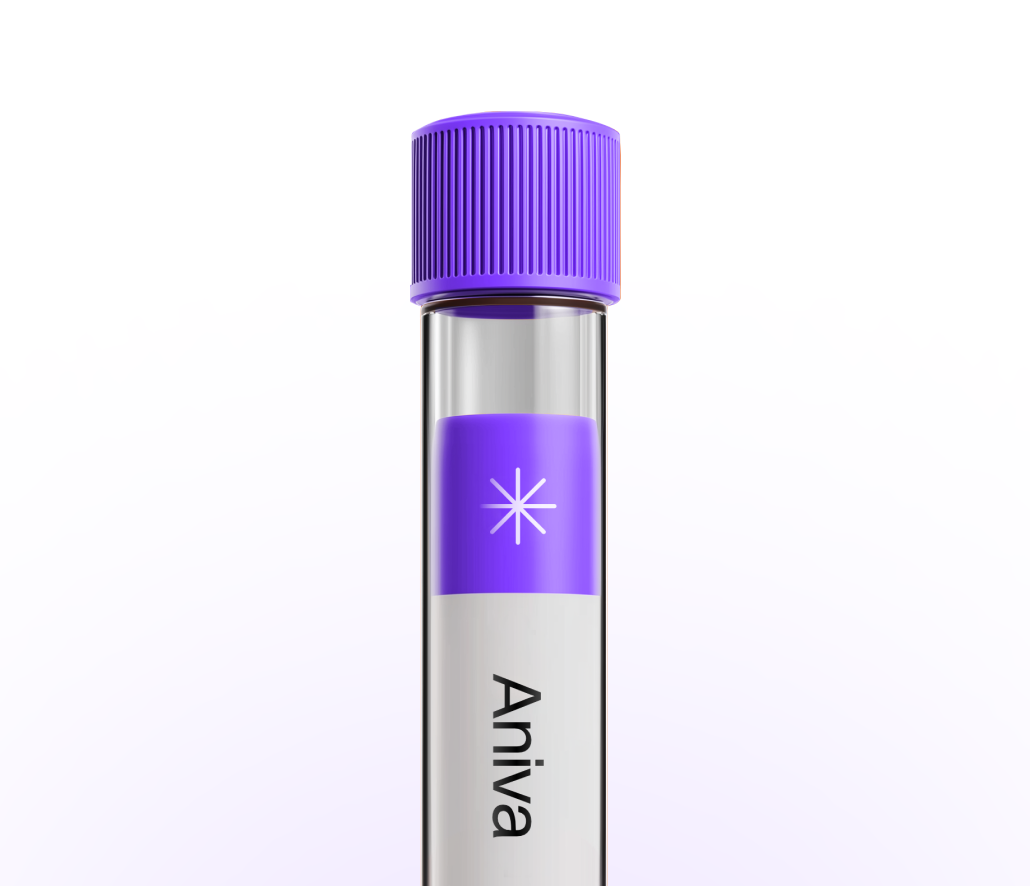
Less than 5 minutes waiting time. One
simple test at one of our 20+ locations.
Get your lab reports within one week.
Accessible on our app and per PDF.
All your health records stored
in a single, convenient place.
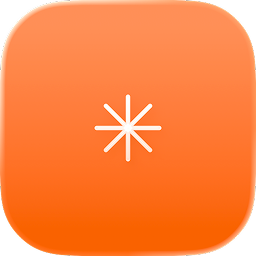
Clinicians use this ratio to see the balance between stress (cortisol) and rebuilding (DHEA-S) signals. It can add context if you have ongoing stress, sleep issues, fatigue, or you use steroid or DHEA medicines. Results can guide whether to repeat testing and measure cortisol, DHEA-S, or ACTH directly. You can test this marker with Aniva across Germany and Finland.
Clinicians use this ratio to see the balance between stress (cortisol) and rebuilding (DHEA-S) signals. It can add context if you have ongoing stress, sleep issues, fatigue, or you use steroid or DHEA medicines. Results can guide whether to repeat testing and measure cortisol, DHEA-S, or ACTH directly. You can test this marker with Aniva across Germany and Finland.
High: Cortisol is relatively high compared to DHEA-S. This pattern can appear with acute stress, poor sleep, illness, oral estrogen or birth control, or steroid medicines. Consider a morning repeat, review medicines, and pair with direct hormone tests.
Low: Cortisol is relatively low compared with DHEA-S. This can appear with an evening draw, shift work, DHEA supplements, or after tapering steroids. Discuss timing, symptoms, and whether to measure ACTH, cortisol, and DHEA-S separately. This ratio is not guideline-endorsed; no standardized cutoffs. Trends over time and context matter most.
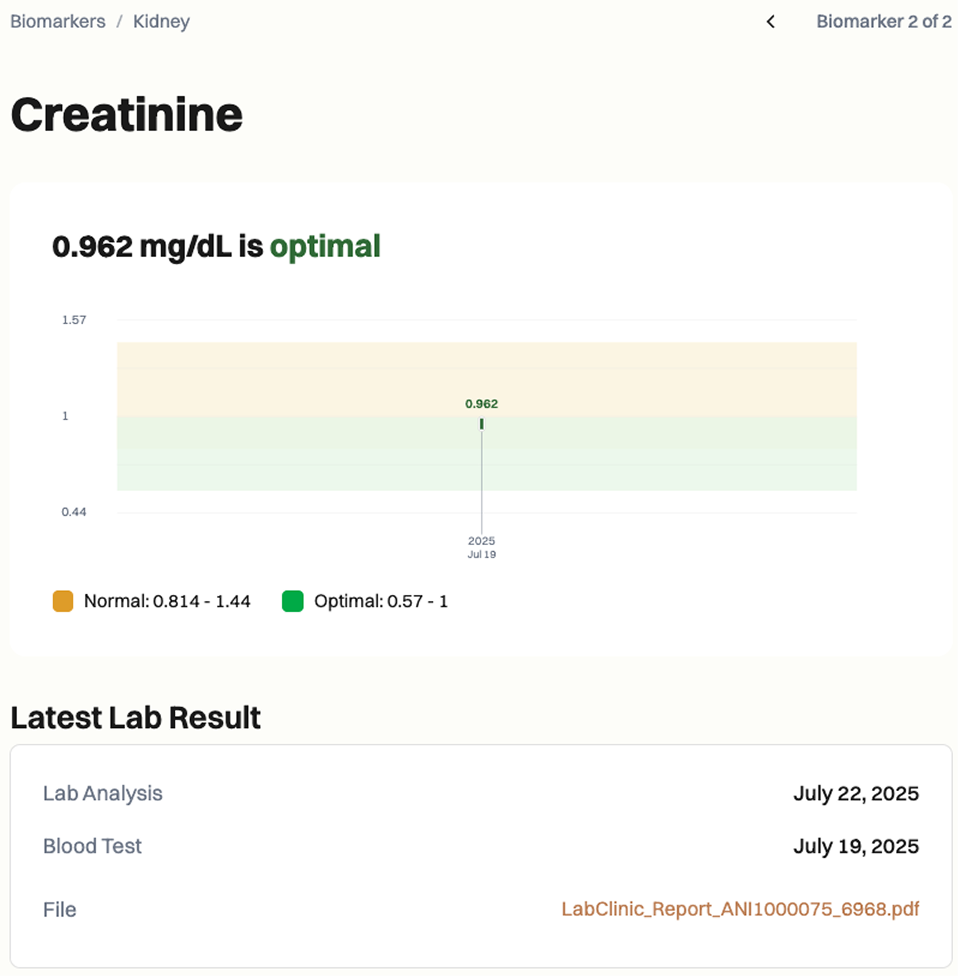
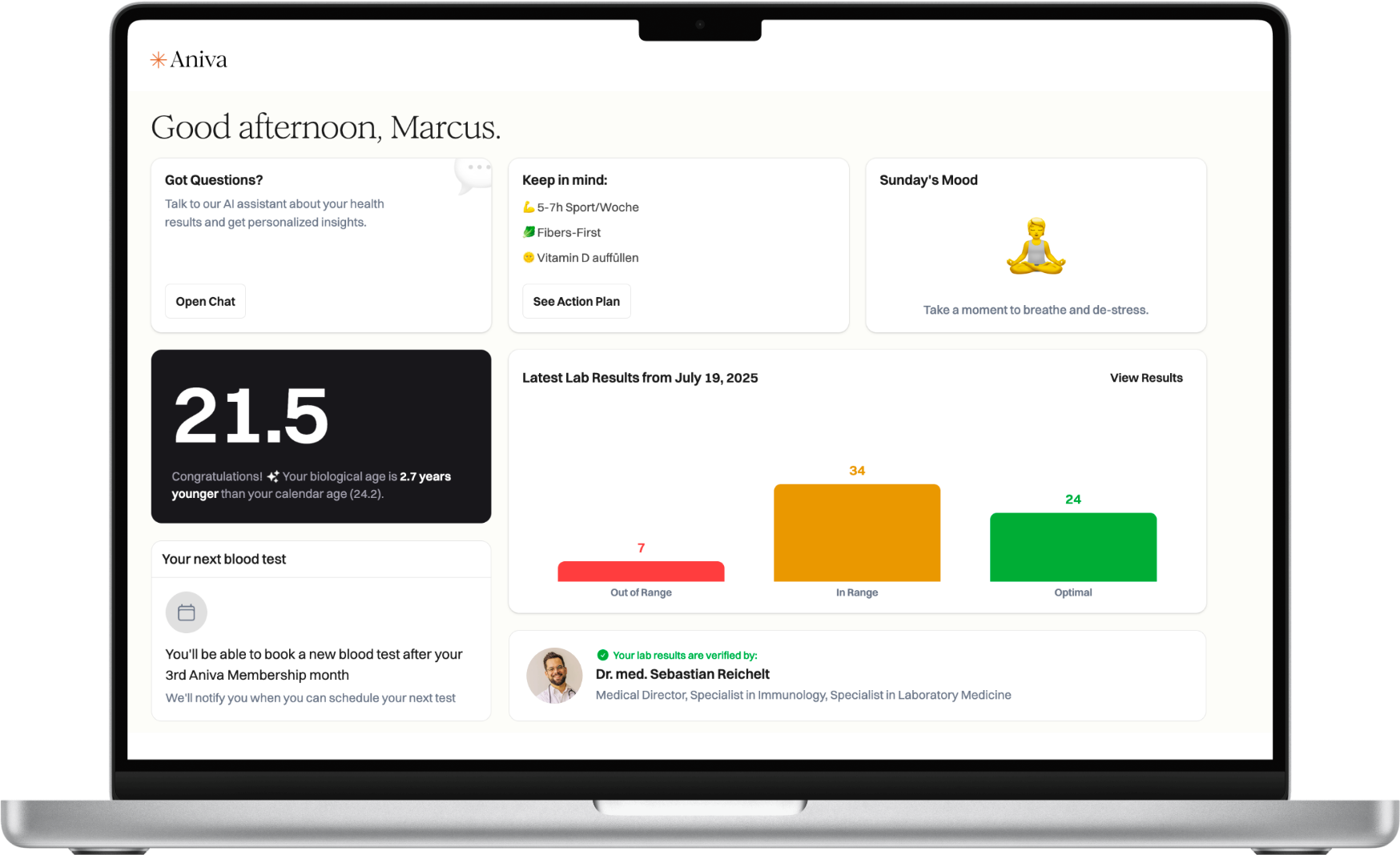
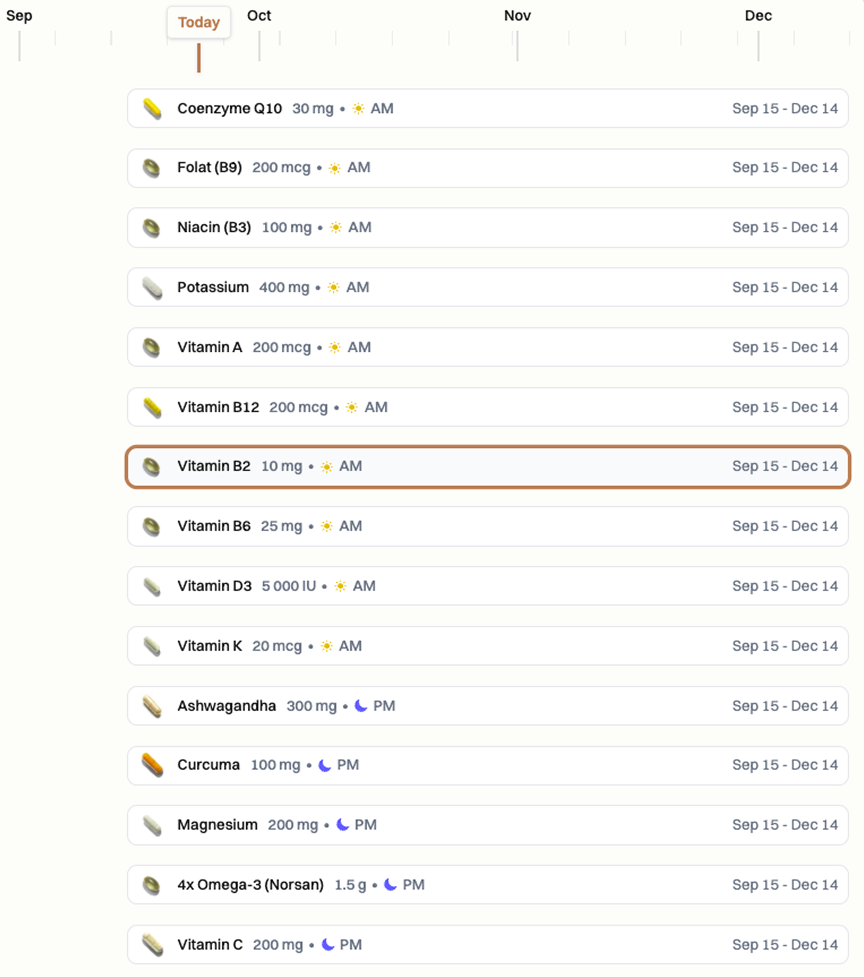
Common factors that can skew results include time of day, shift work, poor sleep, intense exercise, acute illness, pregnancy, and age (DHEA-S declines with age). Medicines like steroid pills or creams, oral estrogen or birth control, anti-seizure drugs, and some antifungals can change levels. DHEA supplements and high-dose biotin may affect readings. Different lab methods can also vary slightly.
Special situations: If results don’t fit symptoms, confirm with a repeat morning sample and direct cortisol and DHEA-S, and review timing of any steroids with your clinician.
What does a high or low ratio mean? High suggests more stress signal relative to rebuilding; low suggests the opposite. It’s context only, not a diagnosis.
Do I need to fast for this test? No. A morning sample is preferred because cortisol peaks then.
What can affect my result? Time of day, poor sleep, illness, exercise, pregnancy, and age can shift results. Steroid medicines, oral estrogen, and DHEA supplements also matter.
How often should I test this? If adjusting medicines or symptoms change, your clinician may repeat in 6–12 weeks. Otherwise, use sparingly and alongside direct hormones.
How long do results take? Most labs report within 1–3 business days.
What should I discuss with my clinician? Share symptoms, timing of the draw, and all medicines and supplements. Ask whether to confirm with cortisol, DHEA-S, and ACTH.

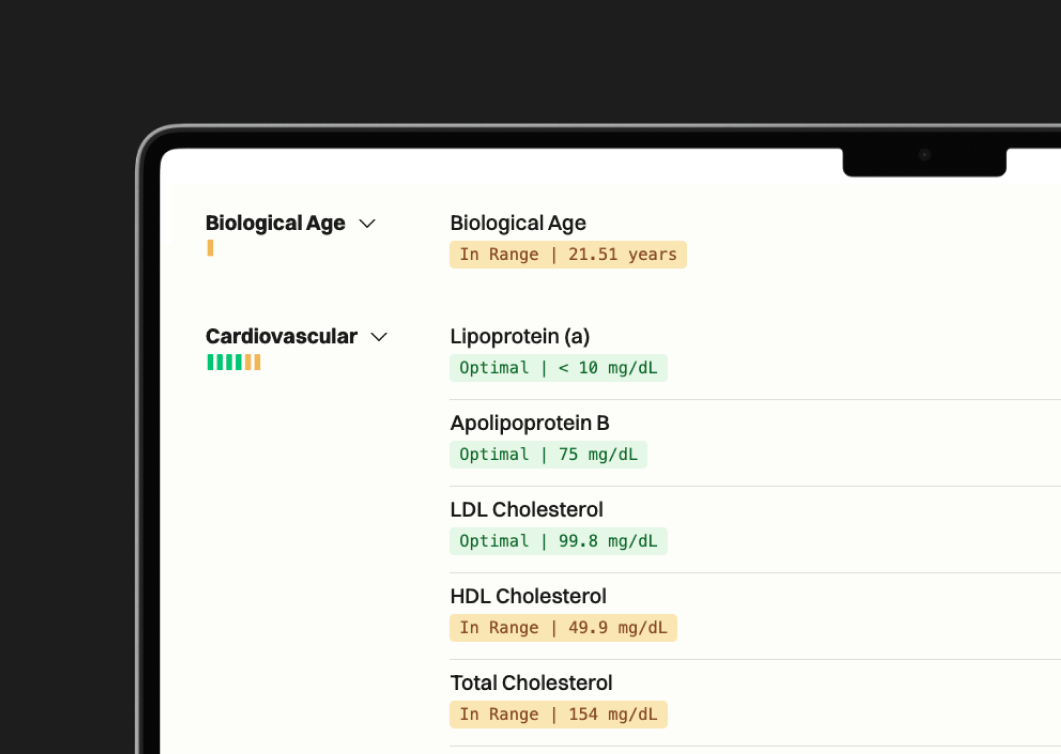
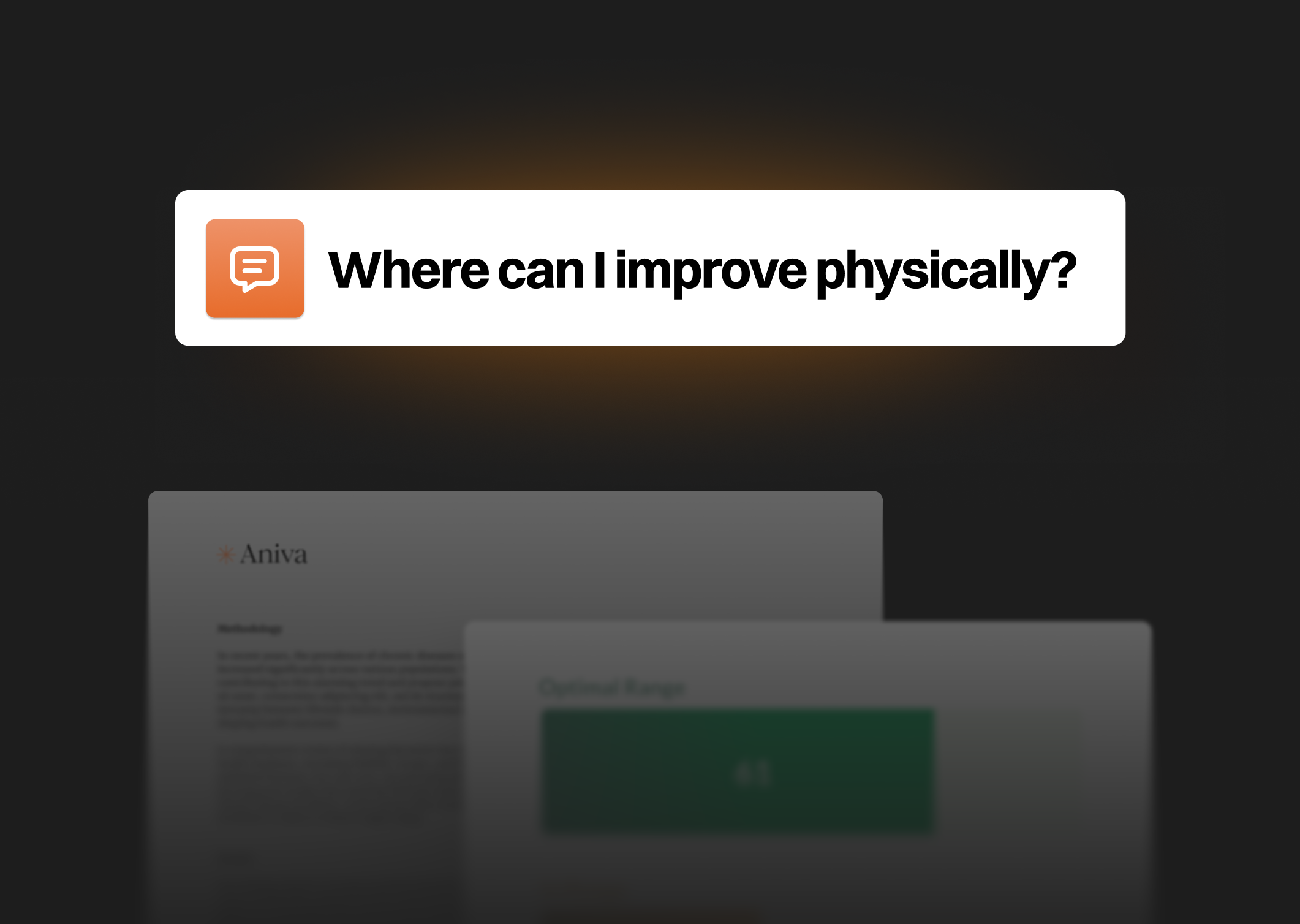
One annual blood test (100+ biomarkers)
Clinician-reviewed insights
Personalized action plan
Access to our AI Concierge
Access to curated products


63%
44%
70%